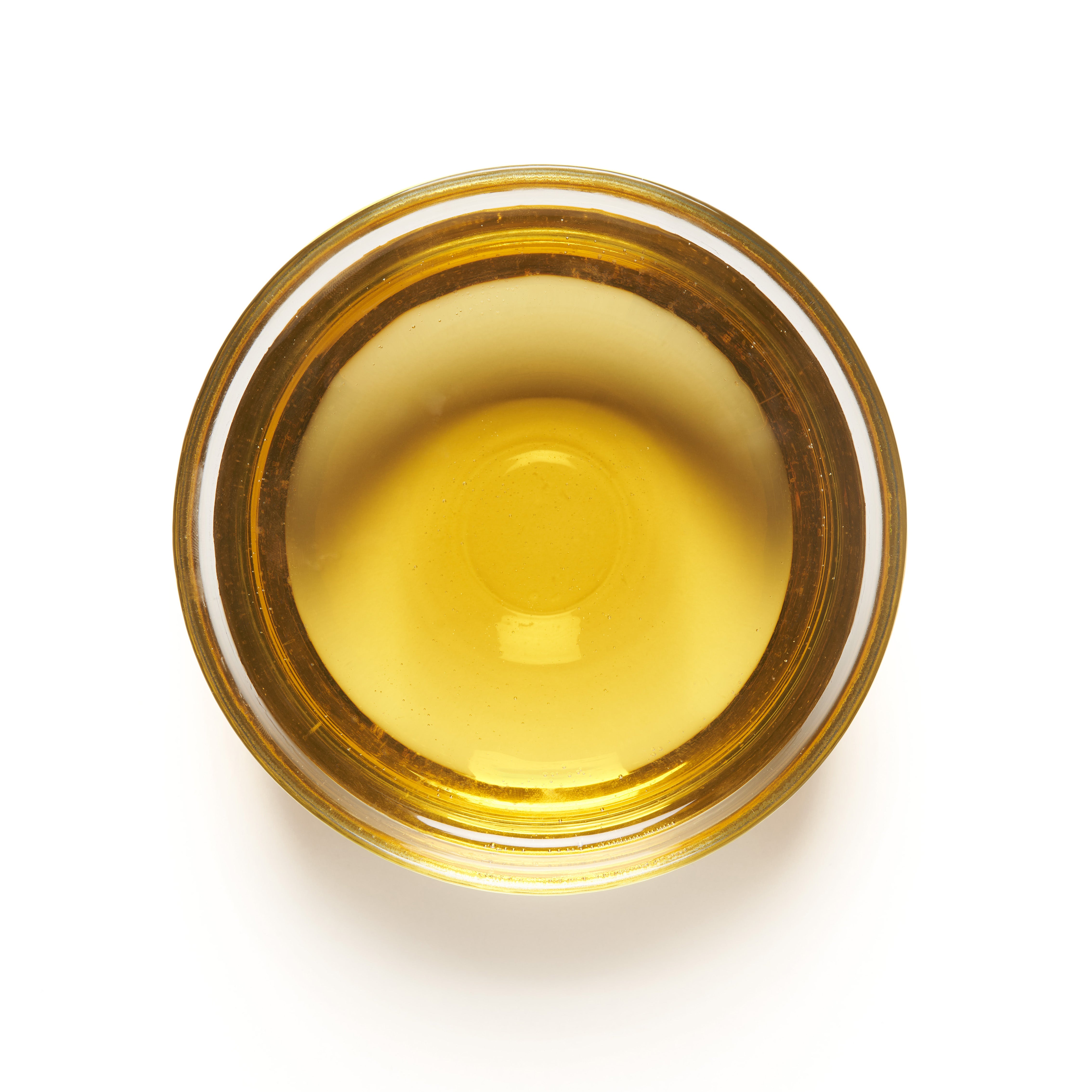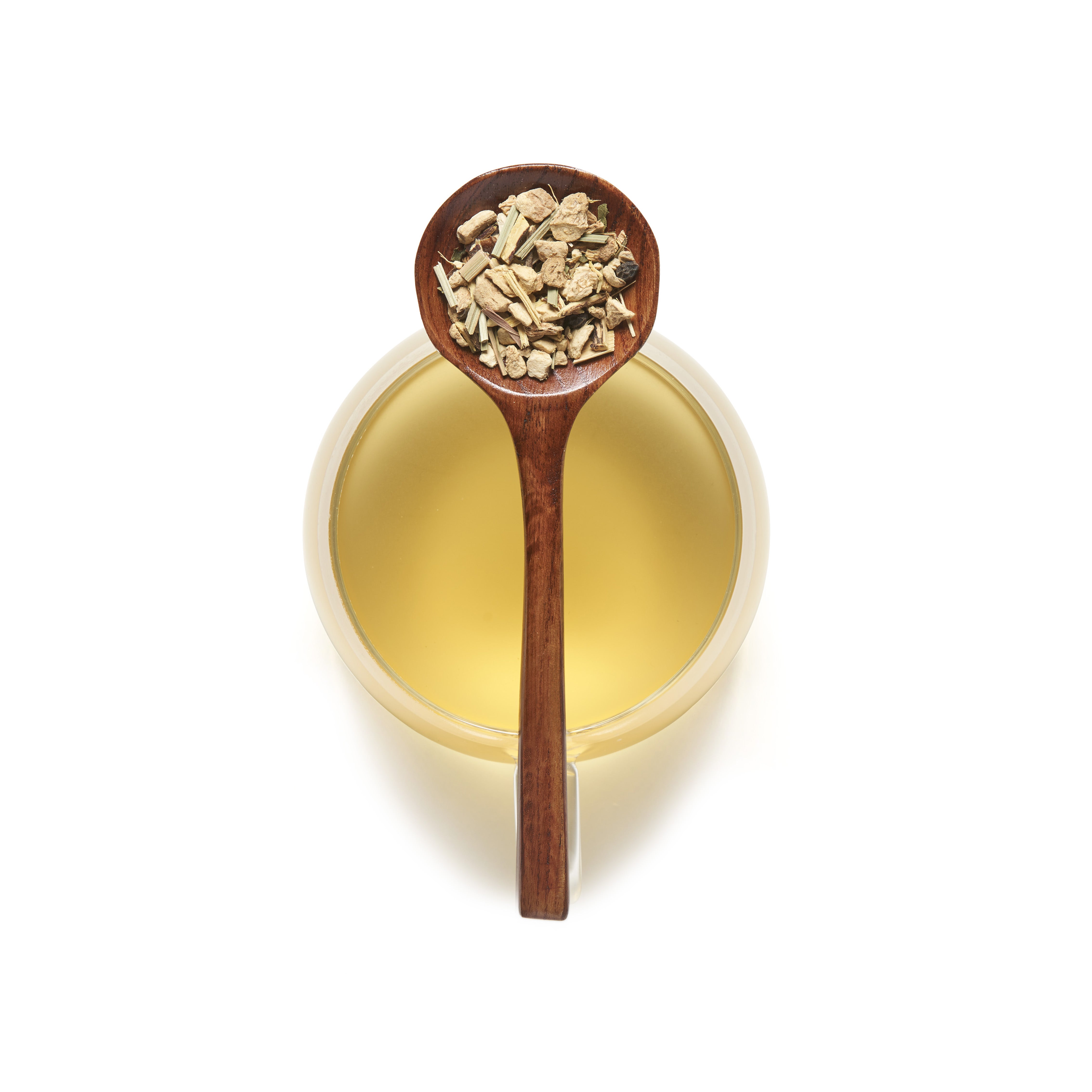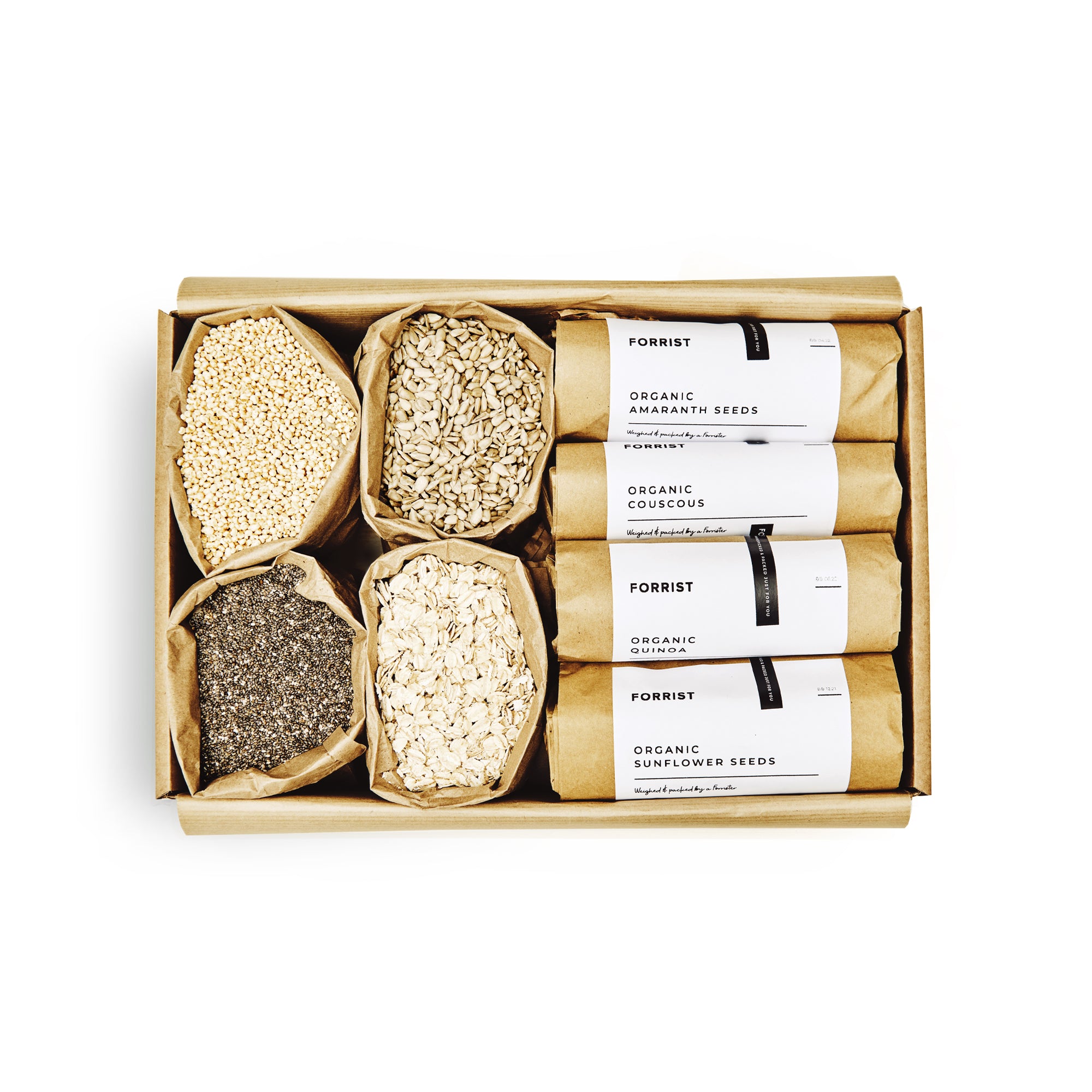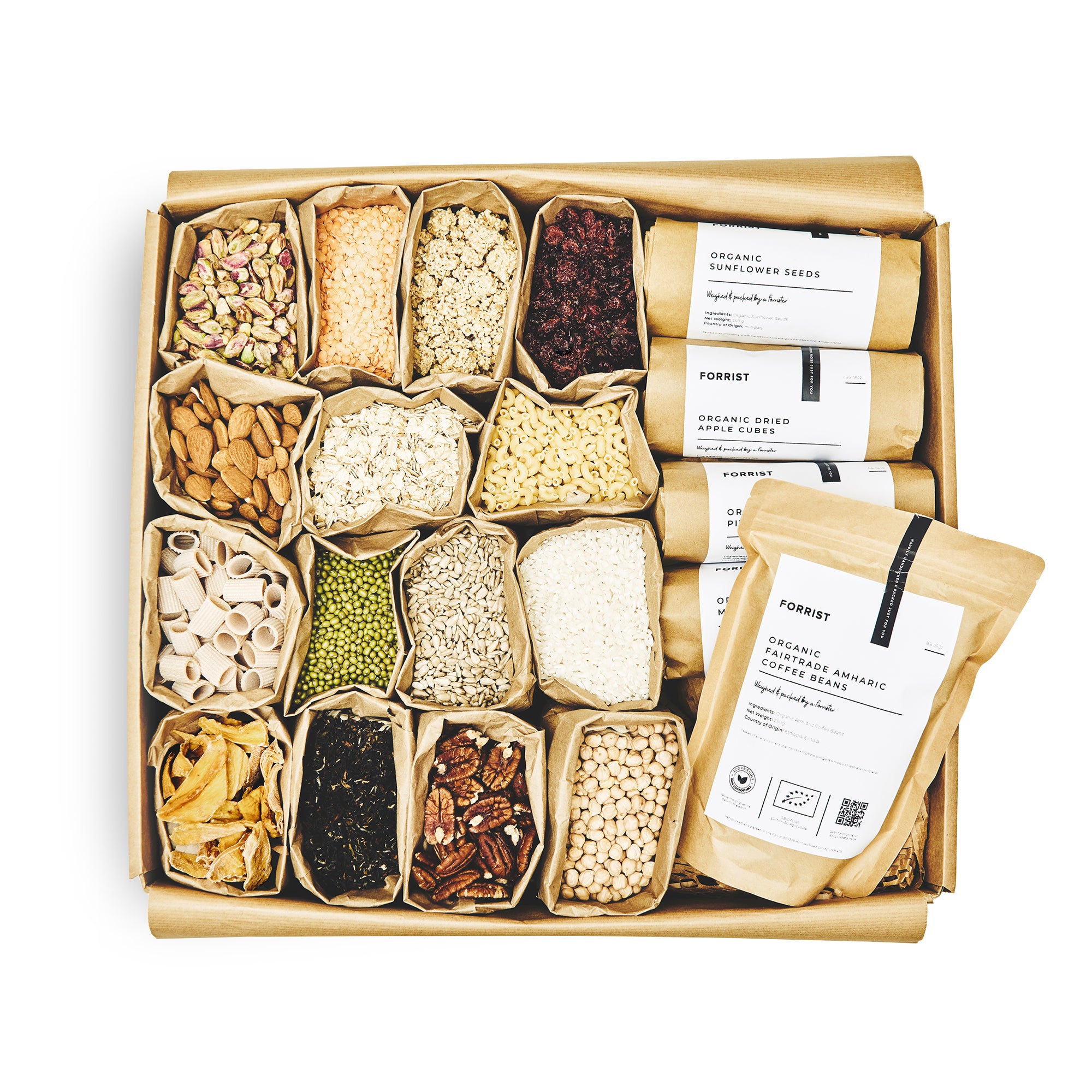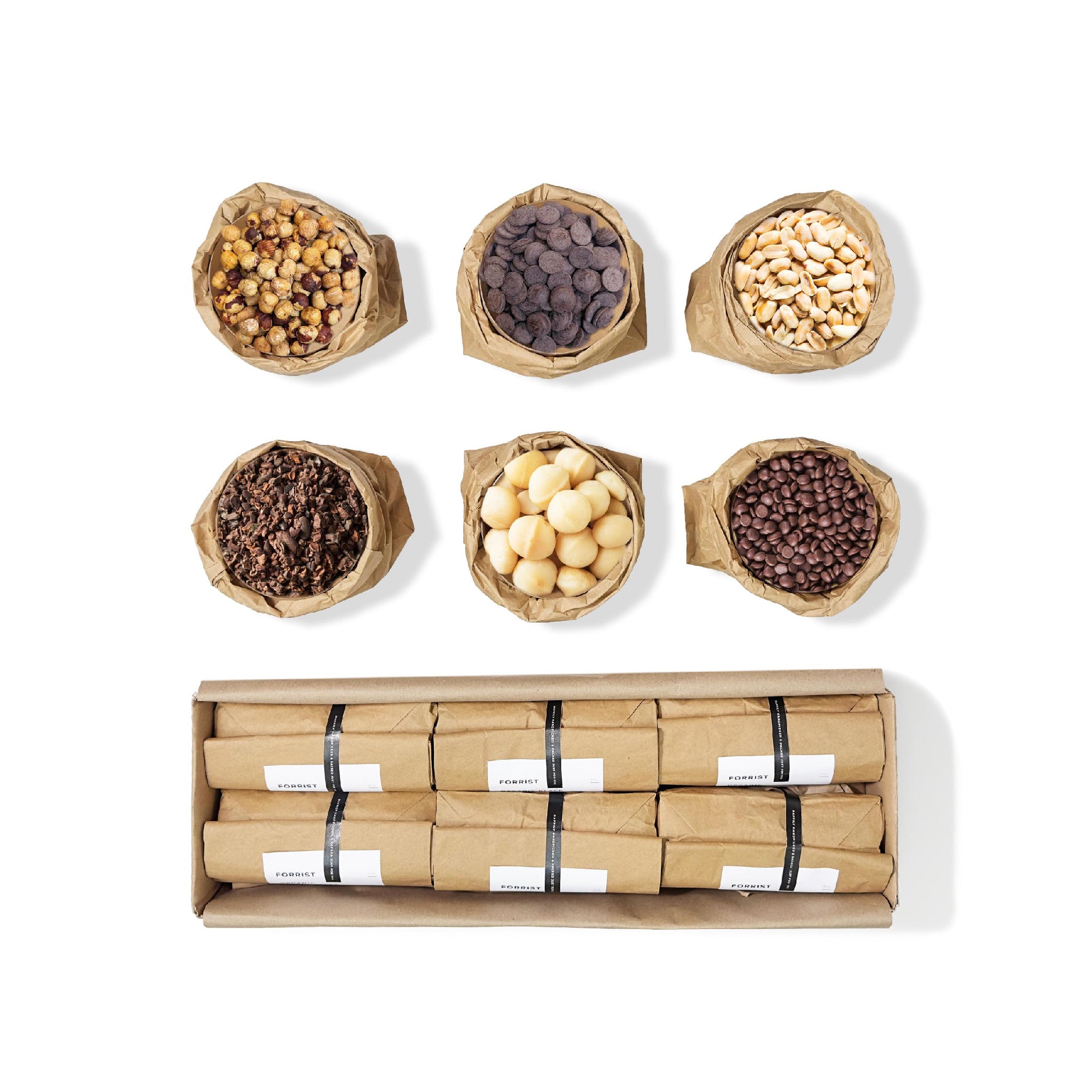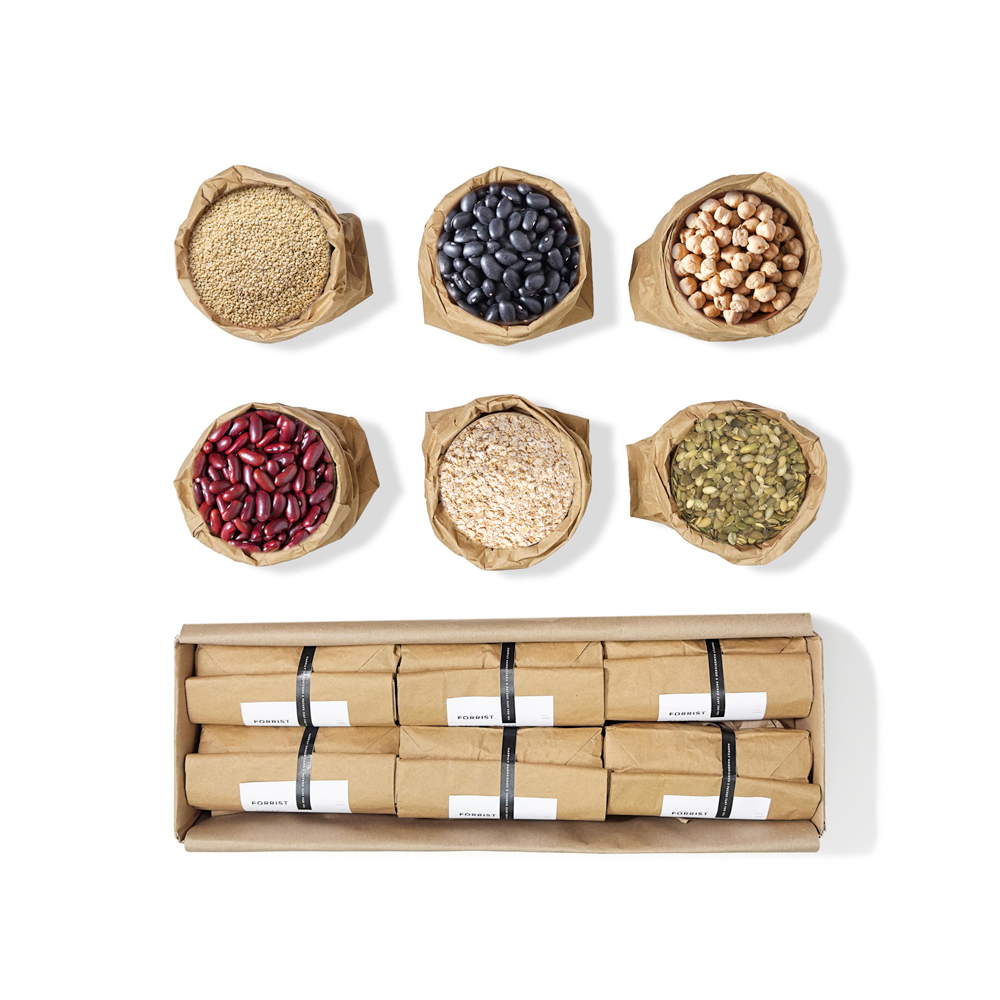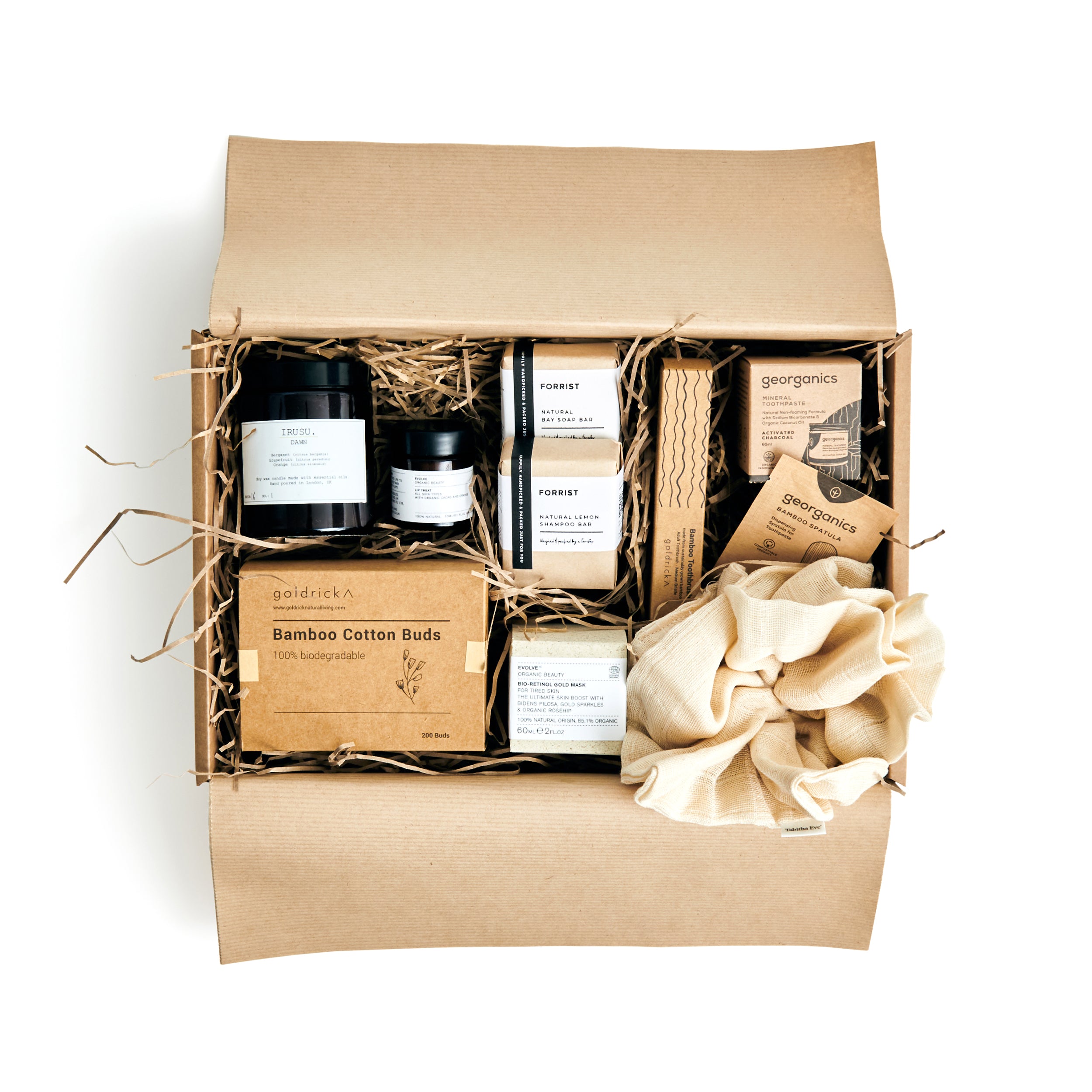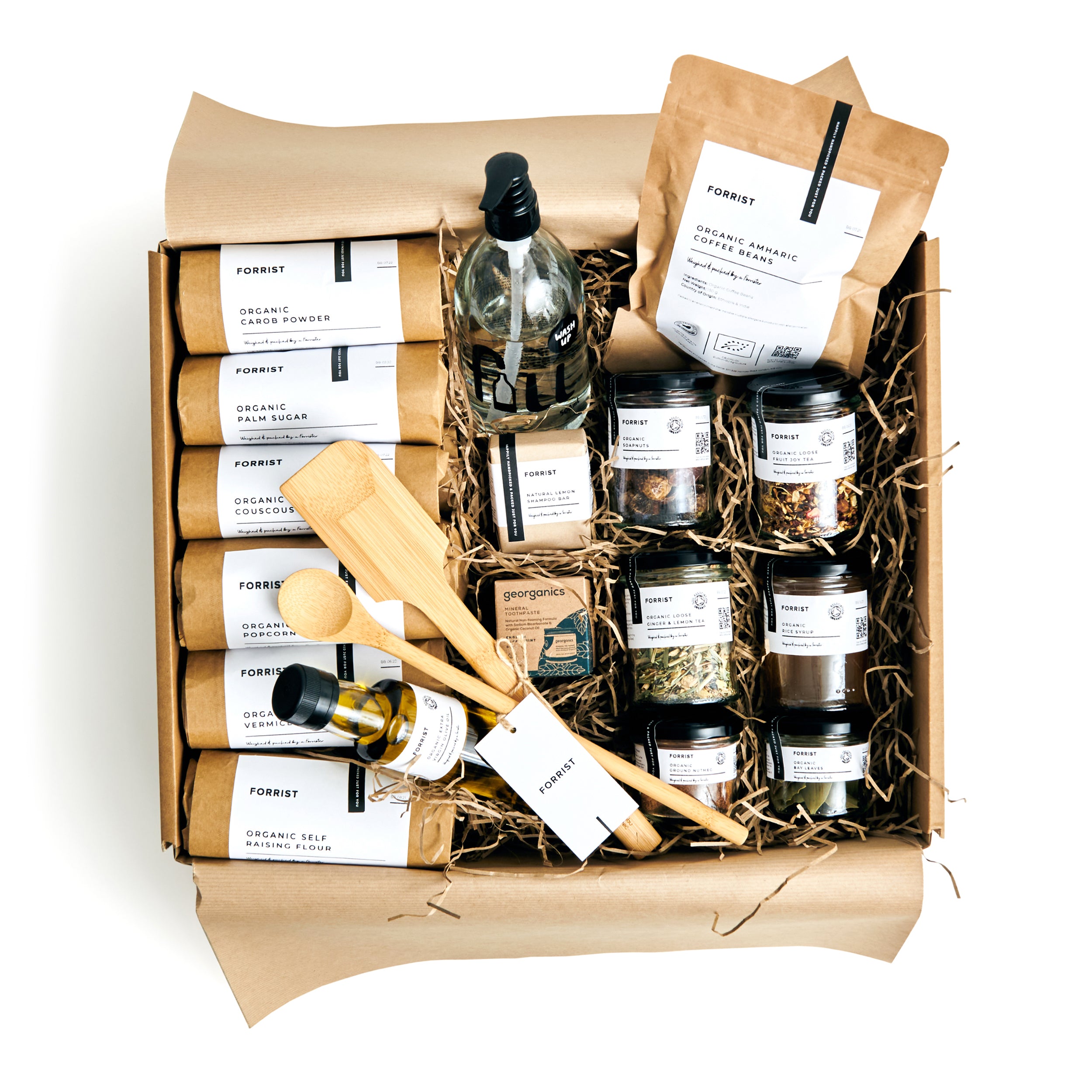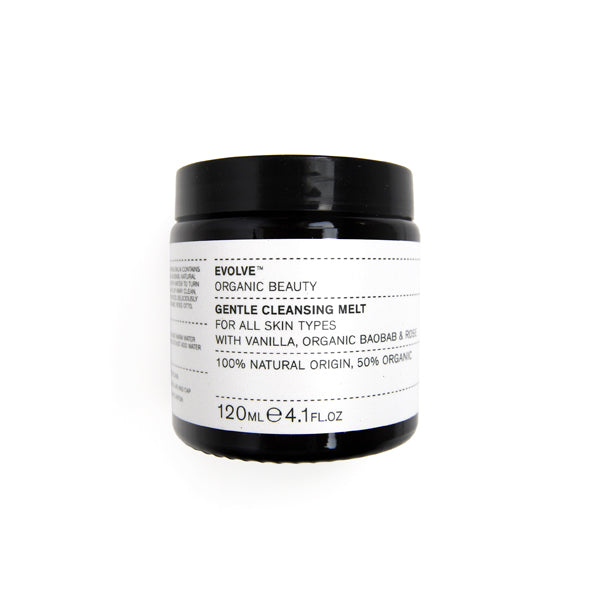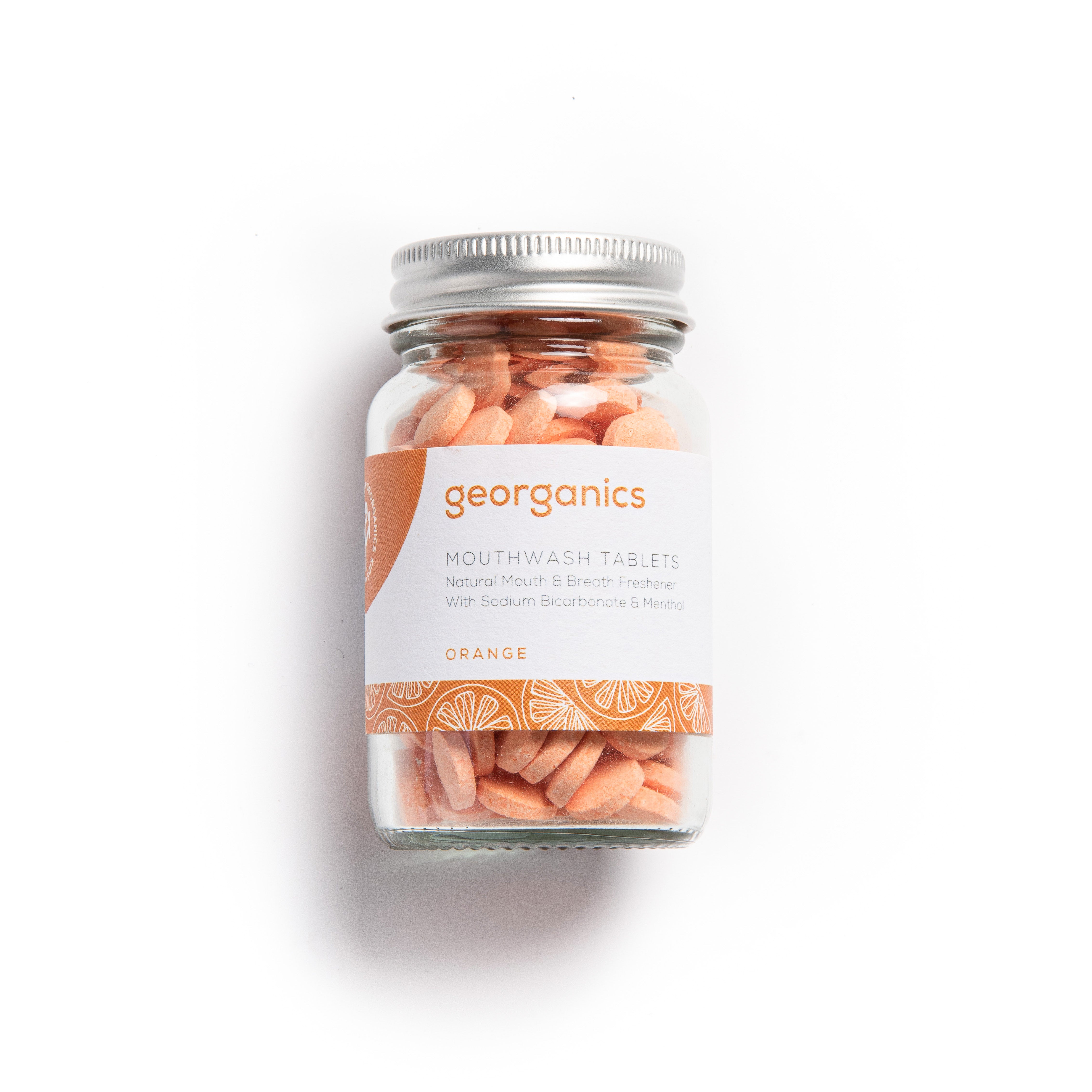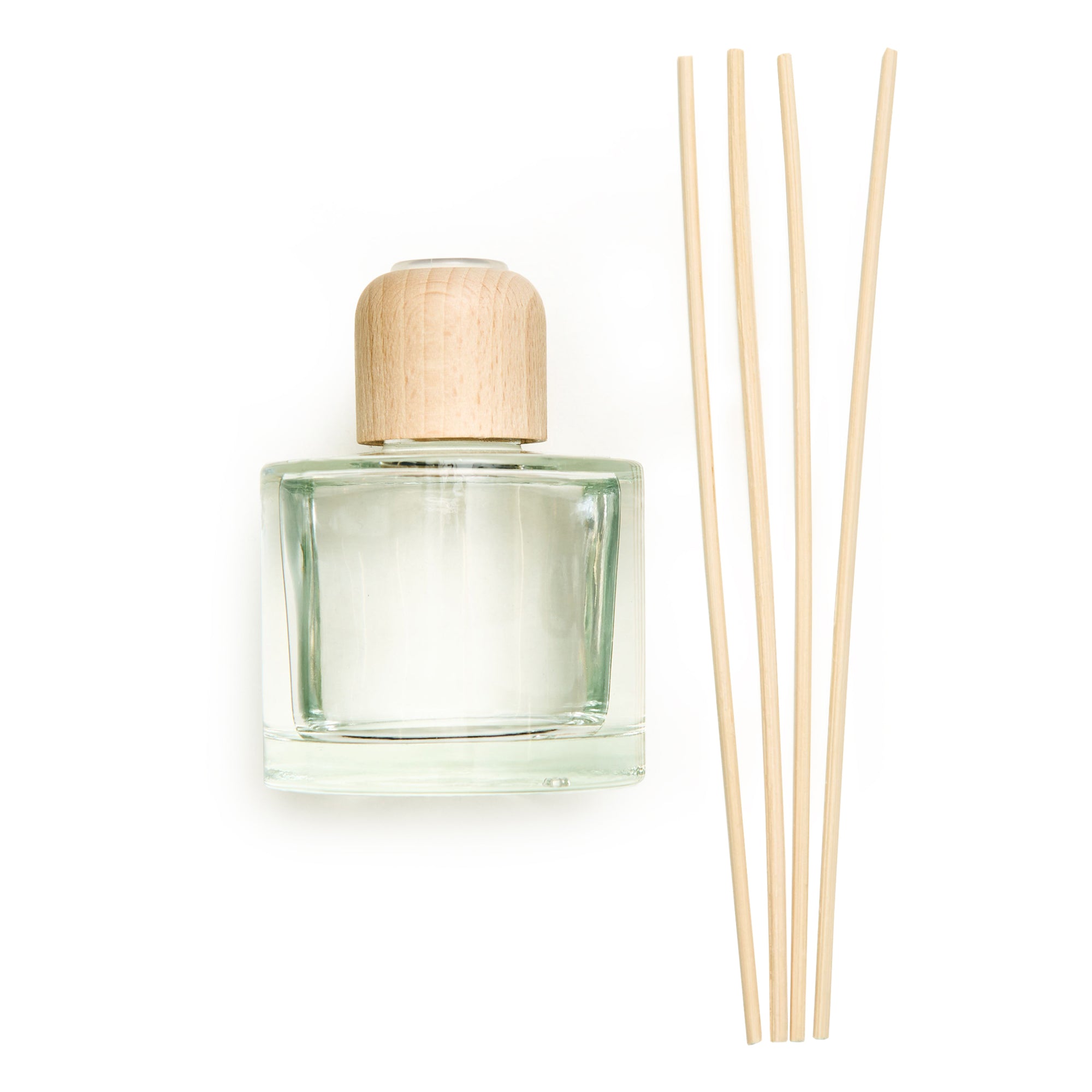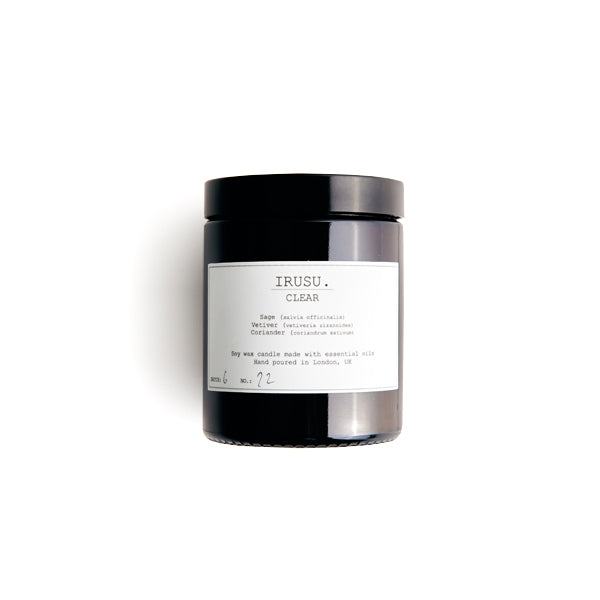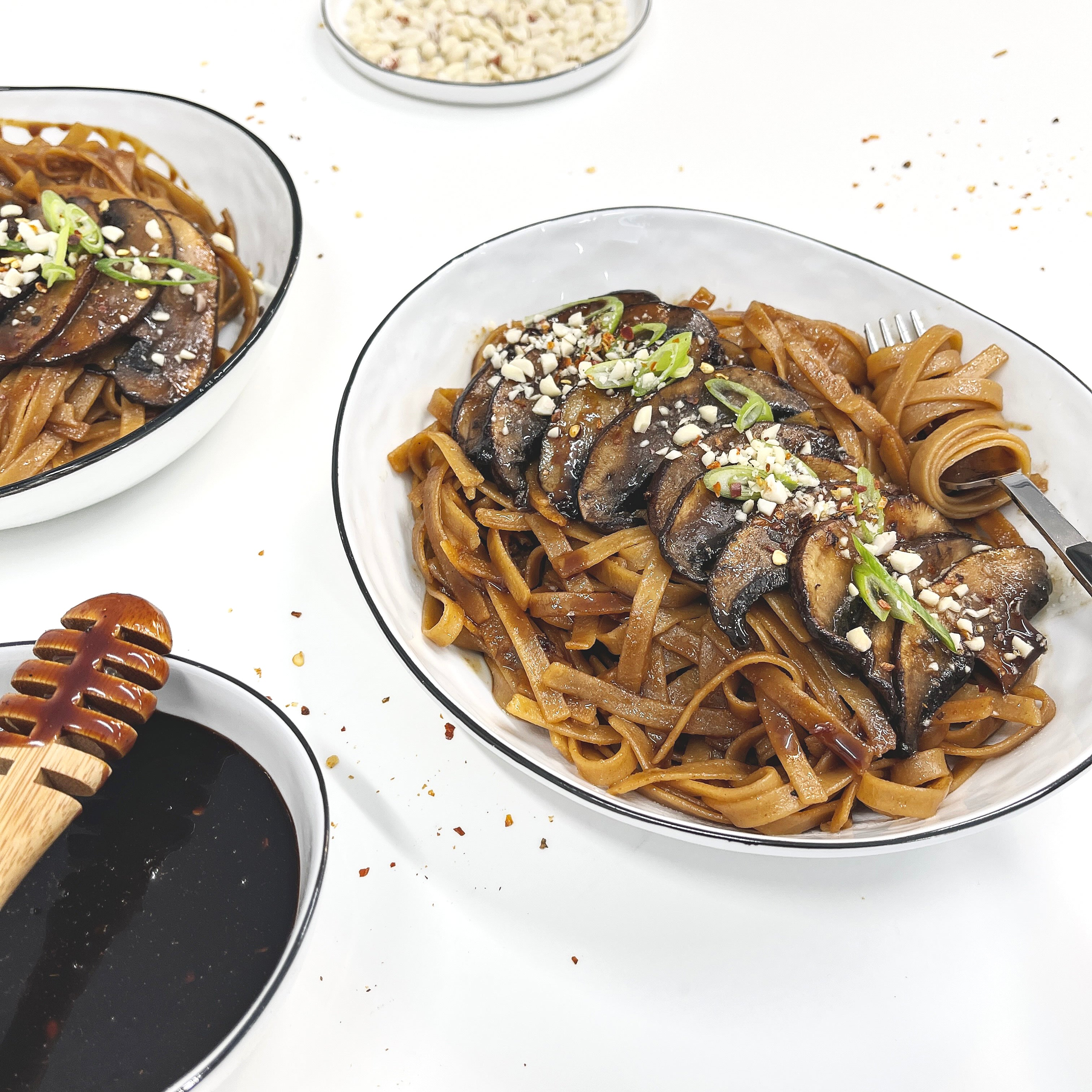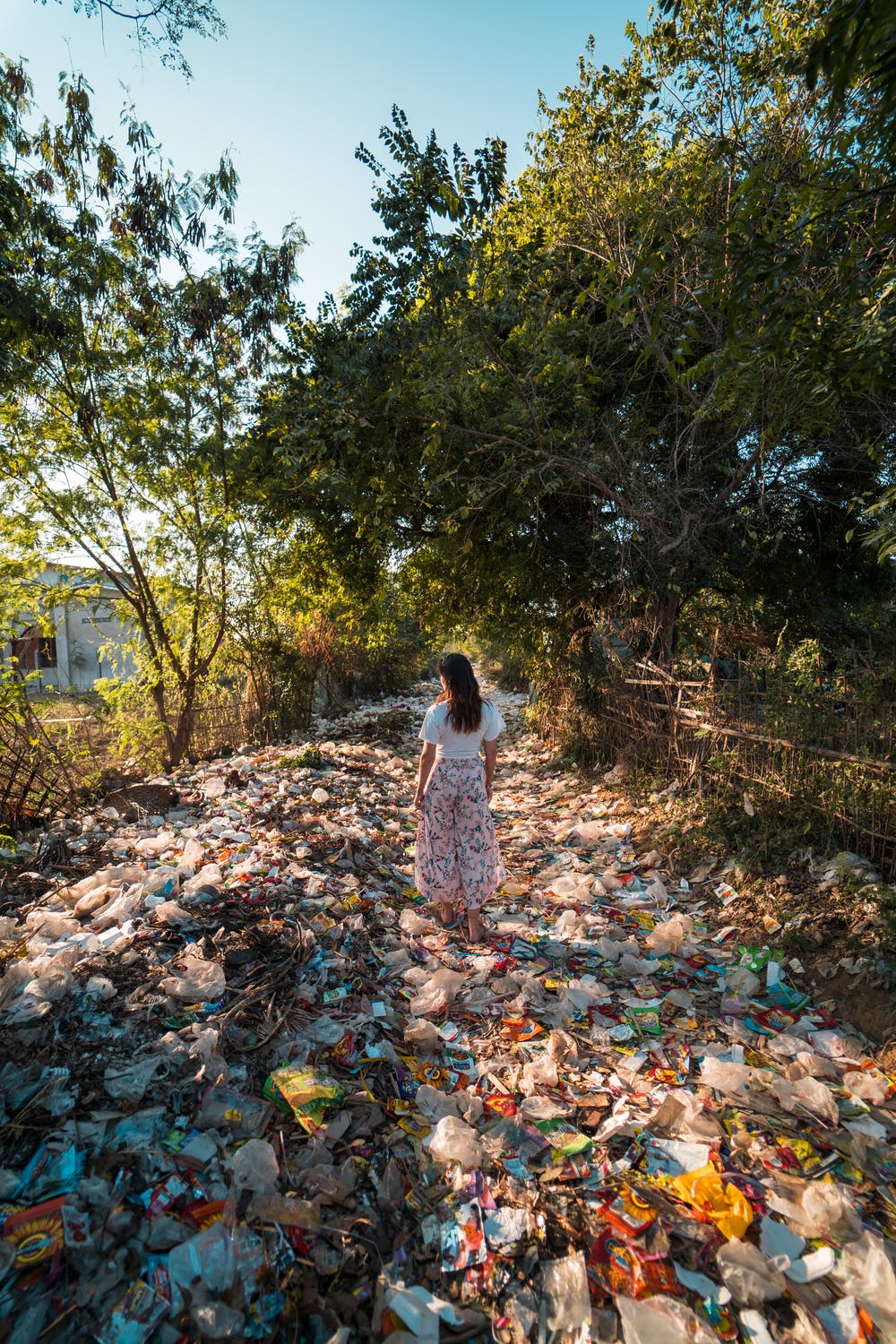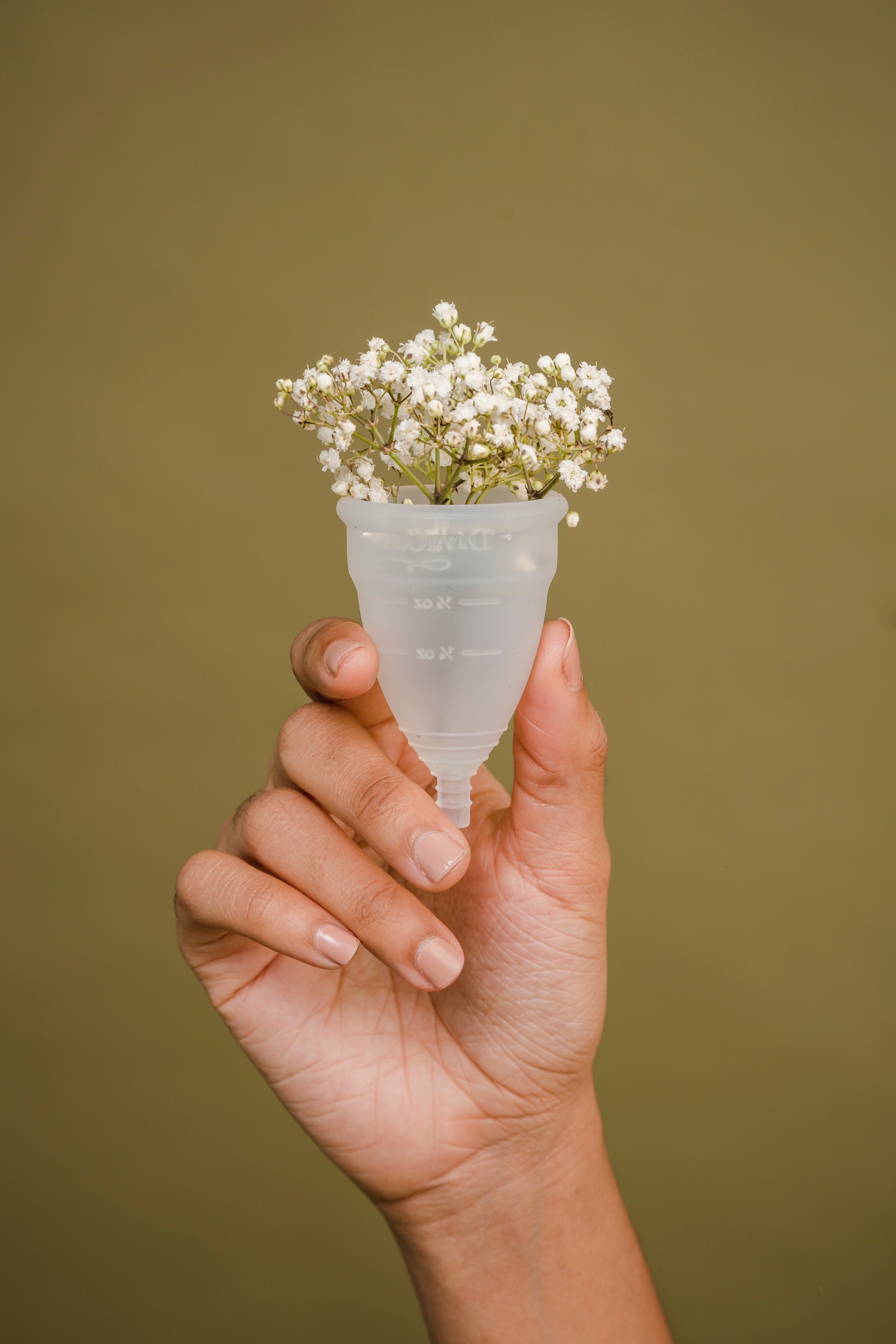
The Menstrual Cup Switch
Menstrual cups have been around since 1937 but it is only recently they’ve started to become increasingly popular due to people becoming more environmentally conscious. A sanitary pad or tampon might seem like such an inconsequential thing but considering that the average person will menstruate for approximately 40 years and use around 10,000 tampons and/or sanitary pads in their lifetime this amounts to large amounts of waste. Not to mention the amount of money you’re wasting. So, it is about time we made a switch to a more eco-friendly choice and cut down on our use of disposables. I recently made the switch to a menstrual cup and here’s why you should too.
They’re better for the environment
- By using a menstrual cup you will have a waste free period - how amazing is that!
- Can you guess how much plastic pads and tampons contain? They have up to 90% and that’s not even including the individually wrapped plastic packaging that they usually come in. This means over 200,000 tonnes of waste each year and if you compared it to using a menstrual cup which can last from 1-10 years you’ll be helping to drastically reduce the amount of waste - go you!
- They’re usually made from medical-grade or food-grade silicone which means they’re free from all horrible toxins including BPA plus when they do break down they won’t release any harmful toxins into the environment or turn into microplastics like the usual disposable pads and tampons would
- Pads can take up to 800 years to breakdown but a menstrual cup can take 50-500 years which yes is still a very long time BUT they will not break down into smaller particles and so pose less of a threat to animals and our wonderful environment
- Silicone is made from a material called Silica which is a type of sand and whilst not an unlimited resource, it is one of the most plentiful minerals on Earth
They’re more convenient
- No more having to run to the toilet every 3 or so hours to change your pad as you can keep a menstrual cup in for up to 12 hours - you can even sleep in one!!
- Once you’ve mastered how to put it in, there should be zero issues with leakages
- You no longer have to make sure you’re always stocked up on pads and tampons for when your period annoyingly decides to surprise you with an early visit - you would just need to sterilise your menstrual cup and then you’re good to go
You save money
- Did you know that on average you spend £120 every year on menstrual products? Crazy I know! But with a menstrual cup that doesn’t need to be the case - As a customer of Forrist, you can get a FREE menstrual cup with each order and seeing as these can last up to 10 years, you would save a lot of money

So are menstrual cups truly more sustainable than regular sanitary towels and tampons?
Menstrual cups are definitely a much more environmentally friendly alternative though they are not without their flaws. So here is where I’m going to be completely transparent with you. When making the silicone material needed for the menstrual cups, fossil fuels are needed and often natural gas or oils are used and these are a limited resource. These fossil fuels release carbon dioxide and other greenhouse gases into our atmosphere which contributes to global warming and in turn, climate change - the two major things we’re trying to prevent right now. I can hear your brain whirring away, you’re wondering why on earth you should use menstrual cups regardless of this. Well to produce the plastic parts in pads and tampons, fossil fuels are also needed and their carbon footprint is much higher because we are currently mass producing them based on their disposable nature. It is thought that the carbon footprint of menstrual cups would be a lot lower because they can be reused for many, many years.
Also, menstrual cups have to be rinsed between uses and sterilised after each period cycle meaning increasing water consumption and energy use. But when you compare this to the high water and energy usage that goes into producing, transporting and disposing of pads and tampons it is much lower in comparison. So menstrual cups are still the more environmentally friendly option - yay!
In case you’re still on the fence about switching to menstrual cups - you will use around 528 pads and tampons over the space of 2 years but you would only need 1 menstrual cup for that same time period. Meaning you get to save yourself roughly £240 (think of all the fun things you could do with that money instead) AND, more importantly, you would be helping to save the planet and if that doesn’t warm your heart then I don’t know what will. All of these things currently make menstrual cups the more sustainable option and the best in terms of affordability.
Photos by Sora Shimazaki from Pexels



